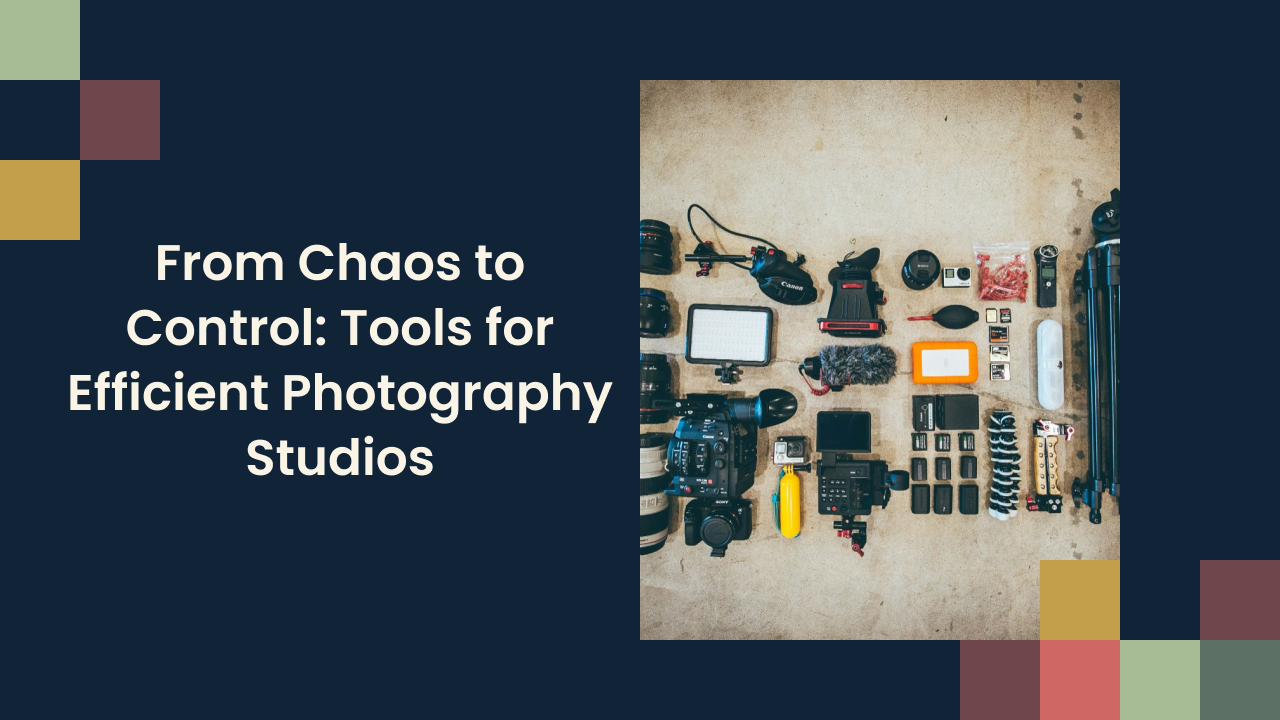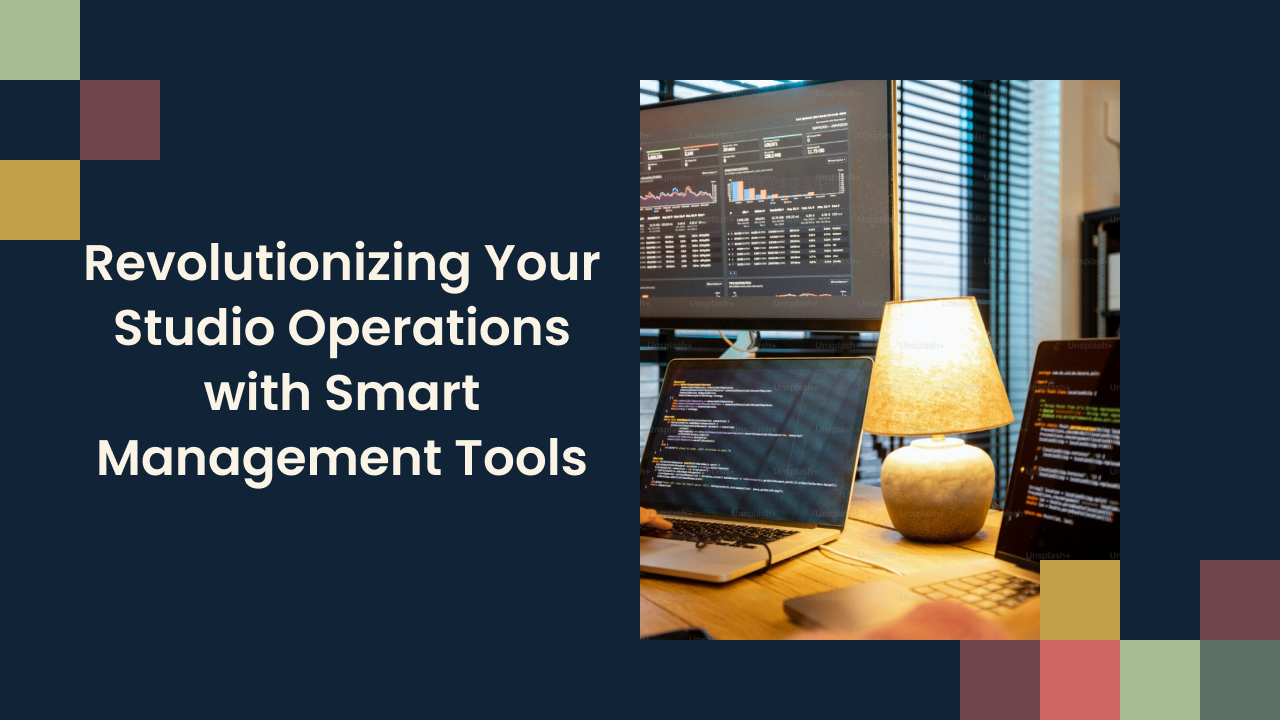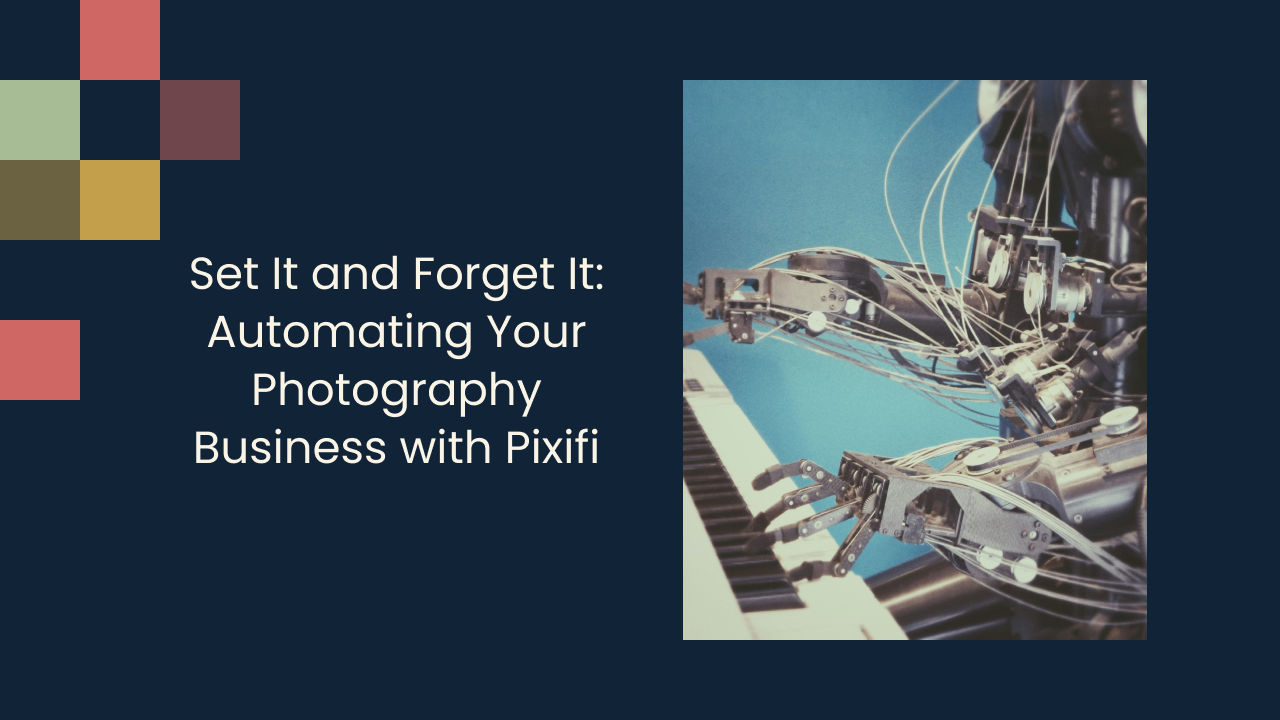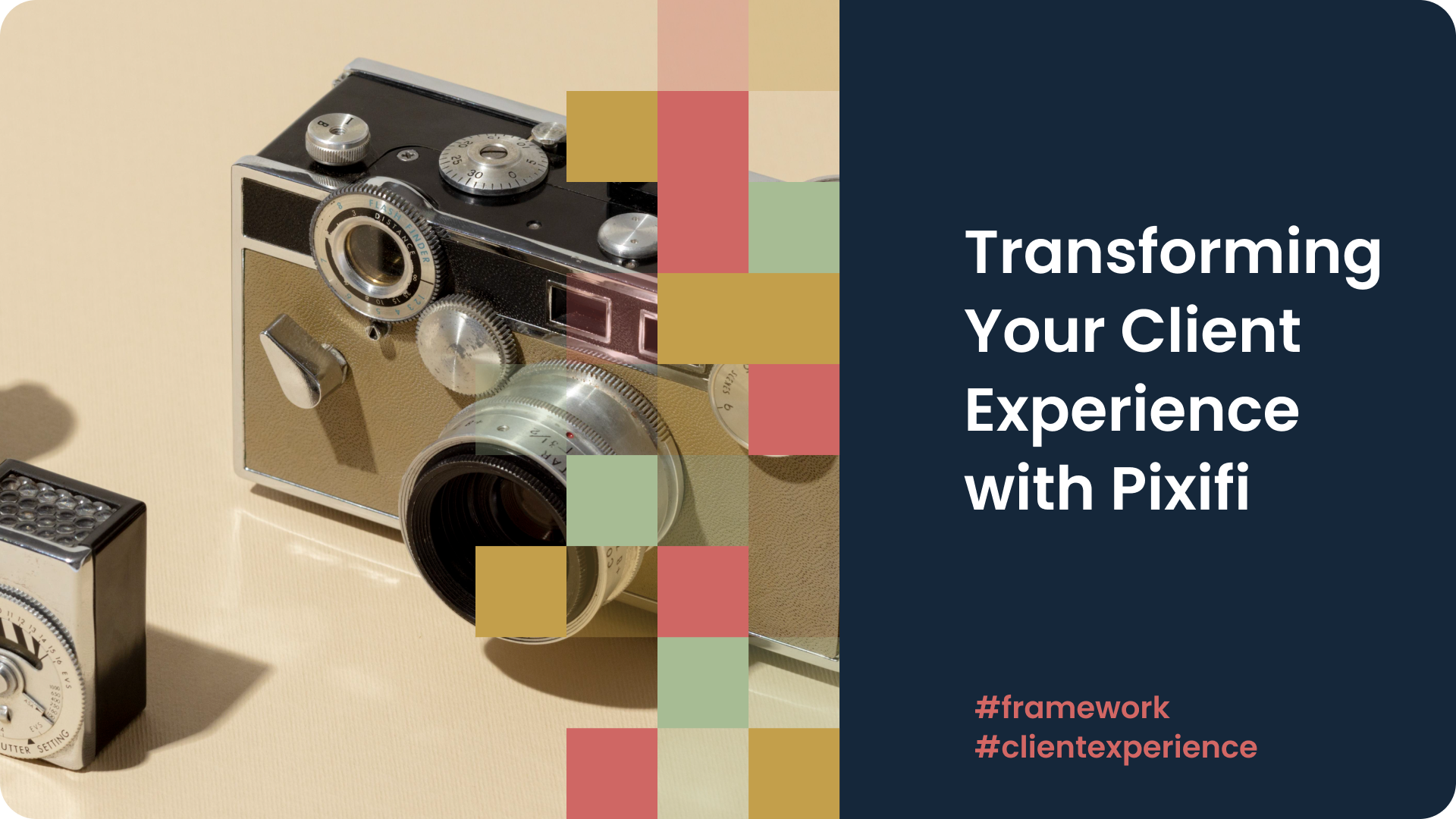From Chaos to Control: Tools for Efficient Photography Studios
From managing equipment to organizing digital assets, the importance of being organized and streamlined cannot be overstated. A disorganized photography studio can lead to wasted time, missed opportunities, and decreased productivity. To overcome these challenges and achieve control over chaos, photographers need to harness the power of efficient tools and workflows. In this article, we will explore the various tools and strategies that can transform a chaotic studio into a well-oiled machine.
Understanding the Need for Efficiency in Photography Studios
Efficiency is not just a buzzword; it is a crucial element in the photography industry. The impact of disorganization on productivity cannot be ignored. When the studio is in disarray, valuable time is wasted searching for equipment, files, or props. This not only hampers productivity but also affects the overall creative process. Photographers need a clear and organized environment to focus on their craft without distractions.
Furthermore, efficiency plays a vital role in the creative work itself. When everything is in order, photographers can concentrate on capturing stunning images rather than being bogged down by mundane tasks. By embracing efficiency, photographers can unleash their true potential and create breathtaking artwork that resonates with their clients.
One key aspect of efficiency in photography studios is the utilization of digital asset management systems. These systems allow photographers to easily categorize, store, and retrieve their images, ensuring that no time is wasted looking for specific files. By implementing a streamlined digital workflow, photographers can spend more time behind the camera and less time sorting through endless folders.
Additionally, efficient studio layout and design can significantly impact a photographer's workflow. By strategically organizing equipment, props, and backdrops within arm's reach, photographers can seamlessly transition between shots without disruptions. A well-planned studio space not only enhances productivity but also fosters a creative atmosphere where ideas can flow freely.
Essential Tools for an Organized Photography Studio
An organized studio is built on a foundation of effective tools. These tools not only help manage equipment but also streamline the handling of digital assets.
Creating an efficient and well-organized photography studio involves more than just having the right equipment. It also requires the use of innovative tools and solutions that can enhance productivity and creativity. By incorporating the latest technologies and software, photographers can elevate their workflow and focus more on capturing stunning images.
Equipment Management Tools
In a photography studio, equipment management is crucial for efficiency. Keeping track of cameras, lenses, lights, and other gear can be challenging without the right tools. Equipment management software provides a digital inventory that allows photographers to efficiently monitor and optimize their equipment usage. With the ability to easily locate and track equipment, photographers can spend more time behind the lens and less time searching for gear.
Furthermore, some advanced equipment management tools offer features such as maintenance scheduling and equipment performance analytics. By utilizing these tools, photographers can ensure that their gear is always in top condition, reducing the risk of malfunctions during crucial shoots. This proactive approach to equipment management can save both time and money in the long run, allowing photographers to focus on their creative vision.
Digital Asset Management Solutions
In the digital age, managing vast amounts of photos and videos is essential. Digital asset management (DAM) solutions offer a comprehensive way to organize, categorize, and retrieve digital files quickly. These tools enable photographers to tag, search, and securely store their valuable assets. By harnessing the power of DAM solutions, photographers can easily find and utilize their work, enhancing productivity and avoiding the frustration of losing important files.
Moreover, some DAM solutions come equipped with advanced features like version control, rights management, and automated backups. These functionalities not only streamline the organization of digital assets but also provide an added layer of security and control over valuable content. By implementing a robust DAM system, photographers can safeguard their creative work and ensure seamless collaboration with clients and team members.
Implementing Workflow Management in Your Studio
A well-defined and streamlined workflow is the backbone of studio efficiency. By establishing a clear path from start to finish, photographers can optimize their time and resources. A streamlined workflow removes unnecessary steps, reduces errors, and ensures consistency in the final output.
When it comes to implementing workflow management in your studio, it's essential to consider the unique needs and dynamics of your team. Each studio operates differently, and what works for one may not work for another. Tailoring your workflow to fit the specific requirements of your studio can lead to increased productivity and overall success.
The Importance of a Streamlined Workflow
A streamlined workflow provides structure and clarity for every project undertaken in the studio. It ensures that tasks are completed in a logical sequence, eliminating confusion and preventing bottlenecks. A well-defined workflow allows for better collaboration between team members, reducing the chances of miscommunication and delays. Moreover, a streamlined workflow empowers photographers to deliver projects on time and within budget, setting the stage for long-term success.
Furthermore, a streamlined workflow can enhance the overall quality of your studio's work. By standardizing processes and implementing quality control measures at each stage of the workflow, you can ensure that the final output meets the highest standards. Consistency in the workflow not only improves efficiency but also contributes to the reputation and credibility of your studio in the industry.
Steps to Improve Your Studio's Workflow
To improve your studio's workflow, start by thoroughly analyzing your current processes. Identify any bottlenecks or inefficiencies and brainstorm ways to overcome them. This may involve reorganizing your studio layout, automating repetitive tasks, or implementing project management software. Collaborate with your team to seek their input and develop a workflow that caters to everyone's needs. Regularly evaluate and adjust your workflow to adapt to evolving industry trends and technology.
Continuous improvement is key to maintaining a competitive edge in the fast-paced world of photography. By fostering a culture of innovation and efficiency within your studio, you can stay ahead of the curve and meet the ever-changing demands of clients and the market. Embracing new technologies and methodologies while staying true to your creative vision can help your studio thrive in a dynamic and competitive industry.
Leveraging Technology for Studio Efficiency
The world of photography is constantly evolving, and technology plays a pivotal role in studio efficiency. By leveraging the right software solutions and embracing automation, photographers can enhance their productivity and stay ahead of the competition.
With the rise of artificial intelligence and machine learning, photographers now have access to advanced tools that can analyze images, predict editing styles, and even suggest creative compositions. These technologies not only streamline workflow but also inspire new creative possibilities, pushing the boundaries of traditional photography.
Software Solutions for Photography Studios
Photography studio management software brings all aspects of studio operations together in one central platform. From client management to scheduling appointments and invoicing, these tools automate administrative tasks and provide a holistic view of the business. Additionally, photo editing software streamlines the post-production process, saving time and ensuring consistent results.
Furthermore, cloud-based storage solutions have revolutionized the way photographers store and access their work. By securely storing images and client data online, photographers can collaborate with clients and team members seamlessly, regardless of their physical location. This accessibility not only improves efficiency but also enhances client satisfaction through real-time collaboration and feedback.
The Role of Automation in Studio Management
Automation is a game-changer when it comes to studio management. By automating repetitive tasks, photographers can free up valuable time and focus on tasks that require their creative expertise. Automation tools can handle appointment scheduling, email marketing, and even social media management. Embracing automation improves efficiency, allowing photographers to deliver top-notch service to clients while maintaining a healthy work-life balance.
Moreover, the integration of artificial intelligence in automation tools enables predictive analytics, helping photographers anticipate client needs and market trends. By analyzing data patterns and customer behavior, photographers can tailor their services and marketing strategies for better engagement and business growth. This proactive approach not only saves time but also positions photographers as industry leaders in innovation and customer satisfaction.
Maintaining an Efficient and Productive Photography Studio
Efficiency is not a one-time achievement; it requires continuous effort and regular evaluation. To maintain an efficient and productive photography studio, photographers must make it a habit to evaluate and adjust their processes.
Regular Evaluation and Adjustment of Studio Processes
Regularly stepping back and objectively evaluating your studio's processes is essential for long-term success. Analyze the effectiveness of your workflows, tools, and team dynamics. Seek feedback from clients and team members to identify areas of improvement. Embrace a culture of continuous improvement, and be open to adjusting your processes as needed.
The Long-Term Benefits of an Organized Studio
An organized studio brings numerous benefits beyond efficiency. It enhances the overall client experience, fosters teamwork, and boosts creativity. Organized processes and systems lead to fewer mistakes, higher client satisfaction, and positive word-of-mouth referrals. Additionally, an organized studio enables photographers to focus on what they do best – creating remarkable images that leave a lasting impression on clients.
In conclusion, from managing equipment to implementing a streamlined workflow, efficient tools are essential for any photography studio looking to go from chaos to control. By embracing efficiency and leveraging technology, photographers can transform a disorganized studio into a well-oiled machine. Regular evaluation and adjustment of processes, coupled with an organized environment, pave the way for long-term success. With the right tools and strategies, photographers can turn their chaotic studio into a productive hub that fuels their creativity and delights their clients.
Looking for an easier way to manage and grow your studio? Experience a platform built by a photographer, for photographers. Try it free for 2 weeks.











